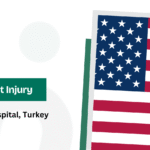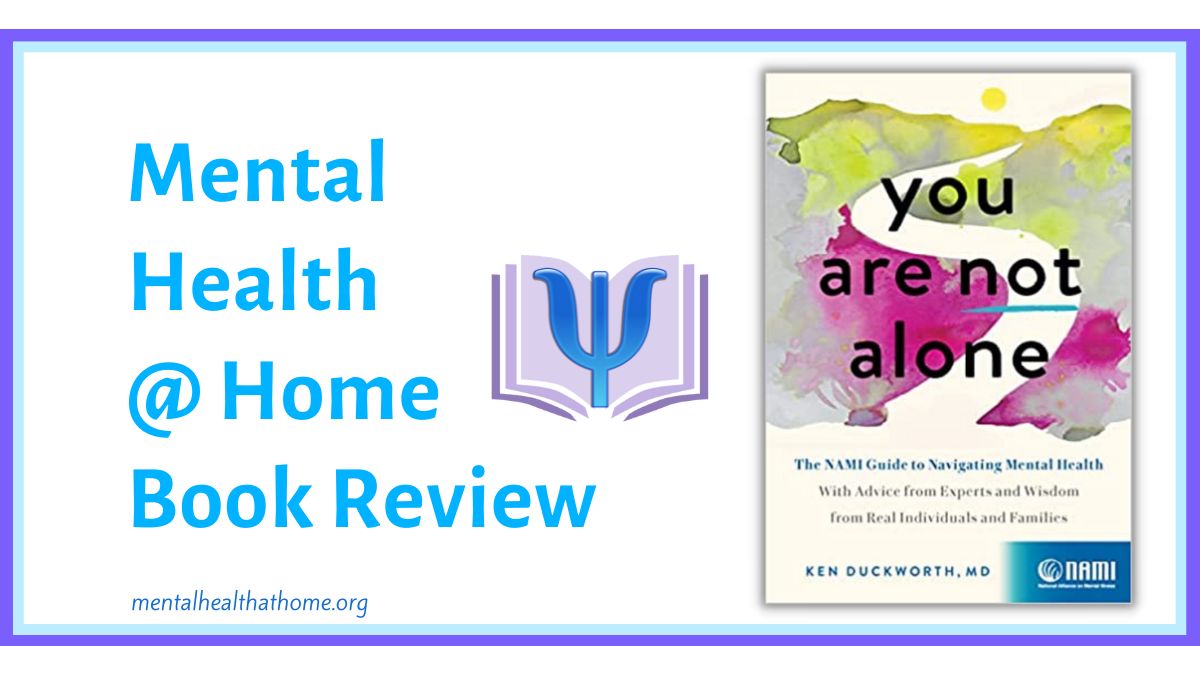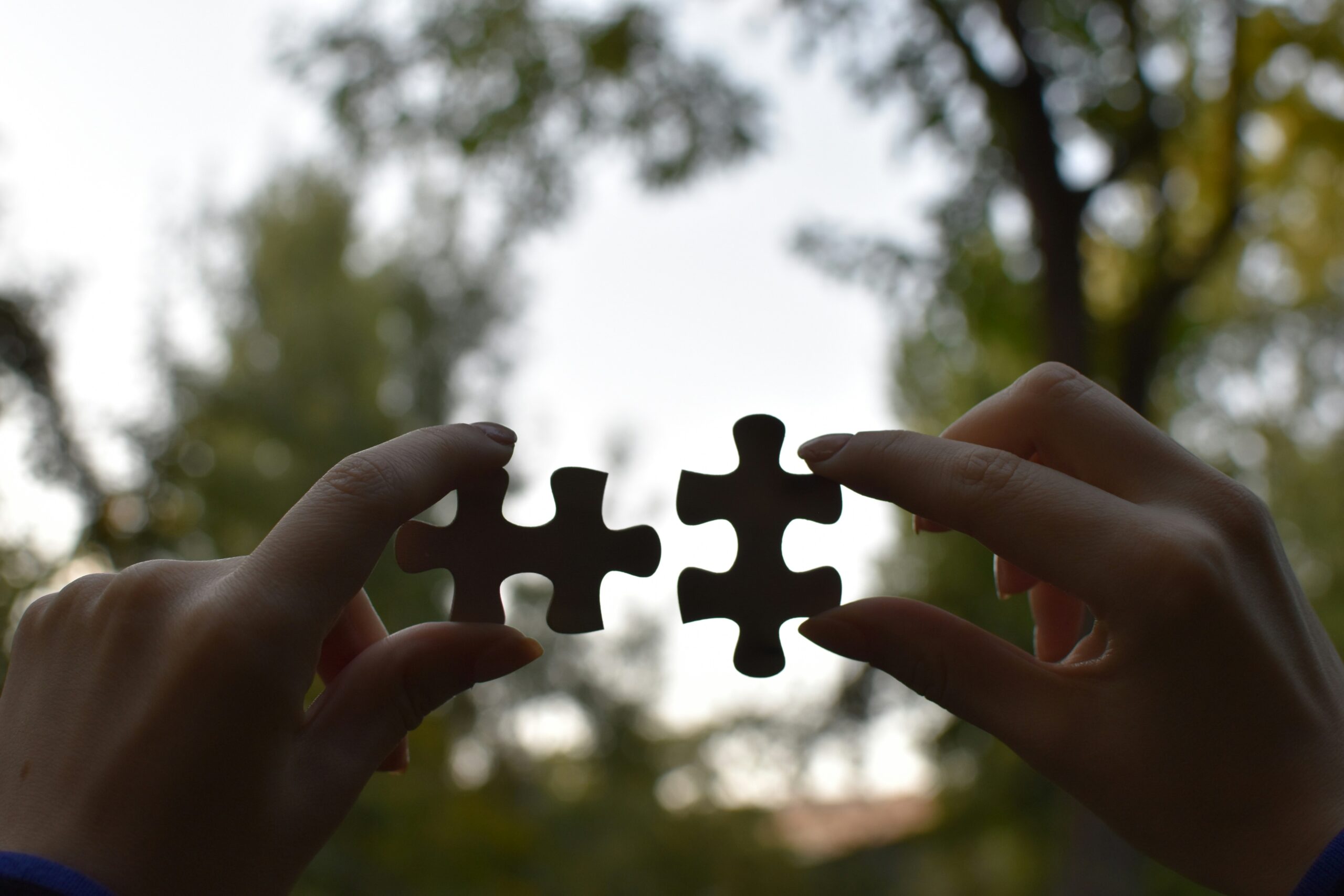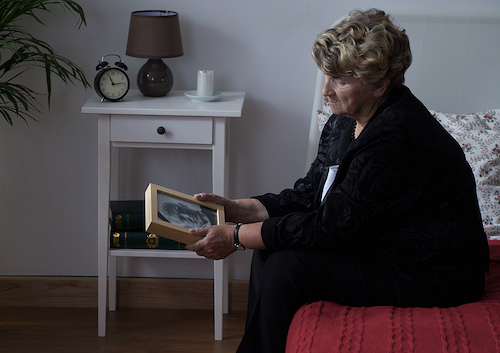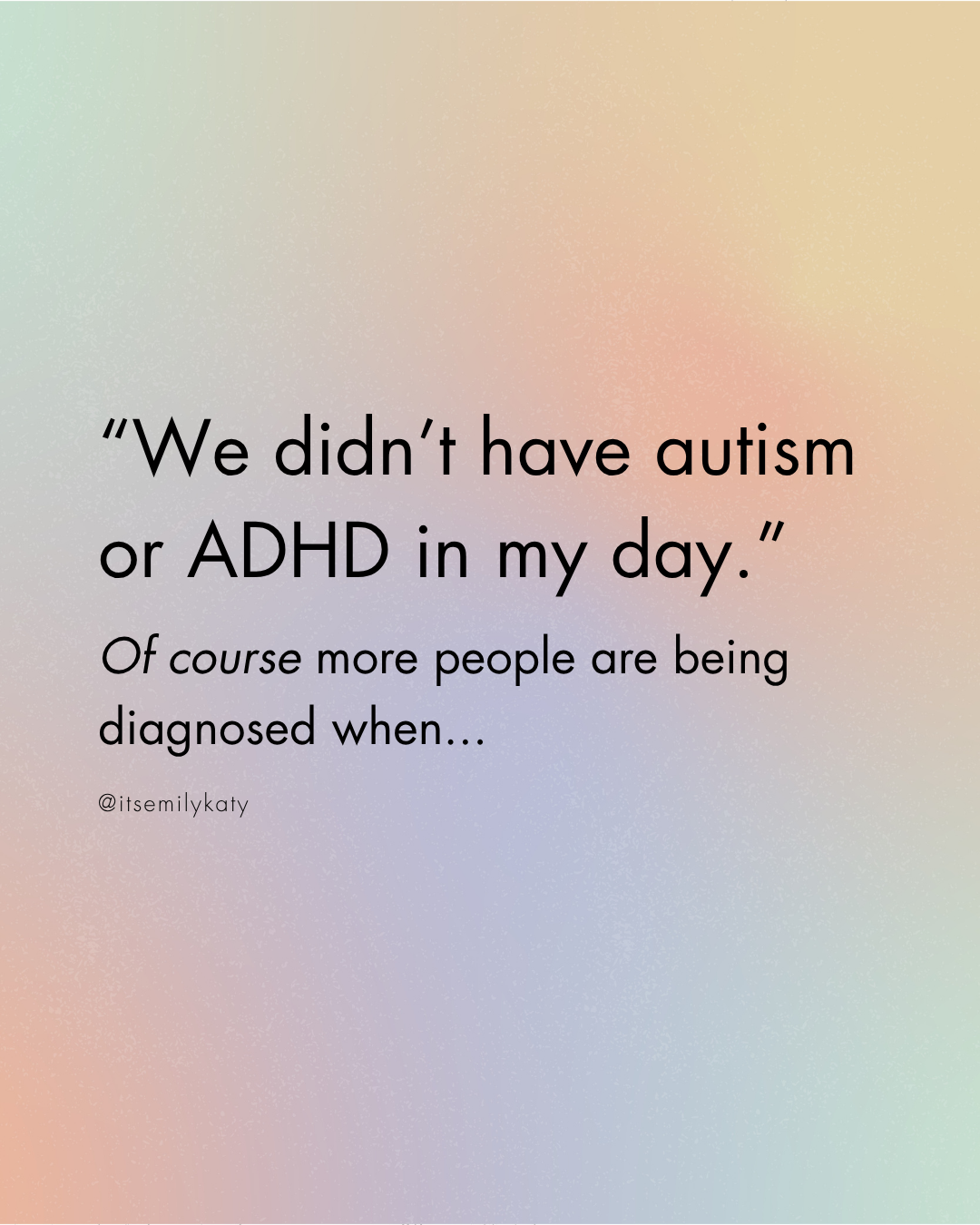
You Are Not Alone: The NAMI Guide to Navigating Mental Health by Ken Duckworth, NAMI’s medical director, is the first book released by the National Alliance on Mental Illness. The book includes excerpts from interviews with 130 people who either self-identify as having a mental illness or have a loved one who does, and the author writes, “Mental illness and recovery are human experiences, so I consider experience-based evidence an authoritative source for this book.”
The book opens with the author talking about his history with NAMI and his family’s experience with his father’s bipolar illness. Throughout the book, he comes across as talking with readers on the same level rather than being an expert talking at readers.
The book is divided into four parts. The first part looks at mental health conditions and mental health care, the second part focuses on people’s experiences with their recovery journeys, the third part focuses on family members, and the final part is devoted to traditional experts answering commonly asked questions.
The author acknowledges the flaws with the DSM diagnostic system, and he’s also realistic about the problems with the mental health care system, or lack thereof: “The mental health ‘system’ throughout the United States is chaotic and full of gaps. It has long been broken and fragmented, and if you try to wait for the system to be less confusing and frustrating, you will be waiting a very long time.” The book talks about medical model and recovery model strategies (focusing on symptoms and living a good life, respectively), and the author encourages a both/and rather than an either/or approach.
Topics covered in the book included peer support, cultural issues, becoming an advocate, and legal issues around things like involuntary treatment, privacy, and police and criminal justice system involvement. The final section included an FAQ chapter with various experts answering questions, as well as a chapter with clinicians and researchers addressing questions about care for depression, OCD, borderline personality disorder, trauma, co-occurring disorders, bipolar disorder, and psychosis. It felt like a lot of disparate things to cram into two chapters.
There was a chapter on making meaning of suicide loss, and there were a couple of comments I found quite interesting. An interviewee who had lost a brother to suicide said “The last engagement he had was with another person who was talking to a classmate about how to divide homework problems, and I found him twenty minutes later. If you’re struggling with suicidal ideation, you’re not talking about homework problems.” The author, whose brother died by suicide, wrote “My brother ordered a computer monitor the day he died, and it arrived the day of his funeral. People who are contemplating suicide don’t do that.” Except they do; if the action hasn’t happened yet, there is some degree of ambivalence, and tasks of living continue in that space of ambivalence.
While the goal was to be comprehensive, I found the book kind of unfocused, and I felt like that detracted from the overall usefulness. I’m all for sharing people’s stories, but the way excerpts from the interviews were pulled together (often a paragraph or two at a time) created a bit of a hodgepodge that made it hard to feel connected to the individuals. While I can see the potential value of interviewing 130 people and interspersing bits of their comments throughout the book, I think it does make it harder for readers to feel like they’re really getting a sense of who these people are.
As you might expect from a NAMI book, there is a NAMI promotional element. Although it wasn’t unexpected, I did think it was a little overdone. Another element that wasn’t unexpected was optimism about recovery and stories of people doing really well. There was plenty of acknowledgement that things have been hard in the past tense, but there wasn’t a lot of present tense struggling conveyed. As a present-tense-struggler myself, I found it a bit unbalanced, but I think probably a lot of the people who end up reading this book will like the recovery emphasis.
At over 400 pages, this book is a serious commitment. The length and the lack of focus and structure don’t make a great combination; it tends to promote skimming, which takes away from the power of some of the interviewees’ contributions.
I can see this book being useful for family members who are looking to learn as much as they can about what this whole mental illness thing is about, and that’s probably the main target audience that NAMI is aiming for. It’s probably going to be less useful for people who’ve been around the block a few times dealing with their own illness.
You Are Not Alone is available on Amazon (affiliate link).
I received a reviewer copy from the publisher through Netgalley.
You can find my other reviews on the MH@H book review index or on Goodreads.
